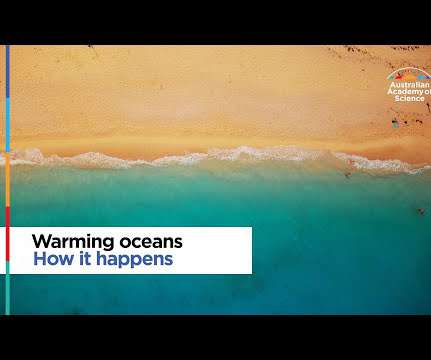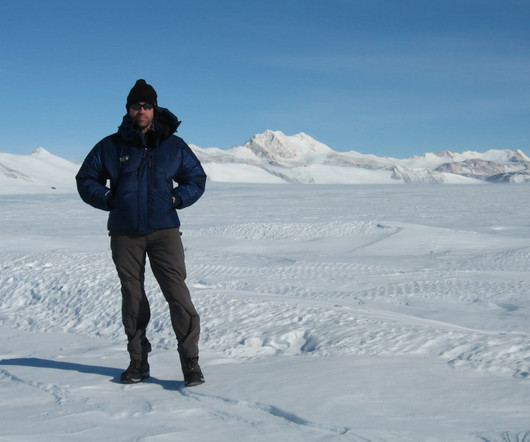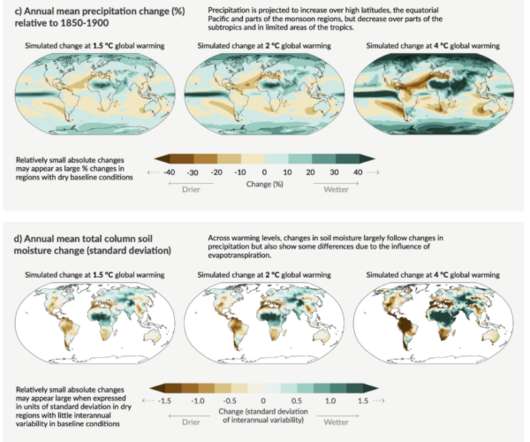Analysis: How fast can we stop Earth from warming??
A Greener Life
JUNE 3, 2022
If people everywhere stopped burning fossil fuels tomorrow, stored heat would still continue to warm the atmosphere. Picture how a radiator heats a home. Water is heated by a boiler, and the hot water circulates through pipes and radiators in the house. The radiators warm up and heat the air in the room.













Let's personalize your content